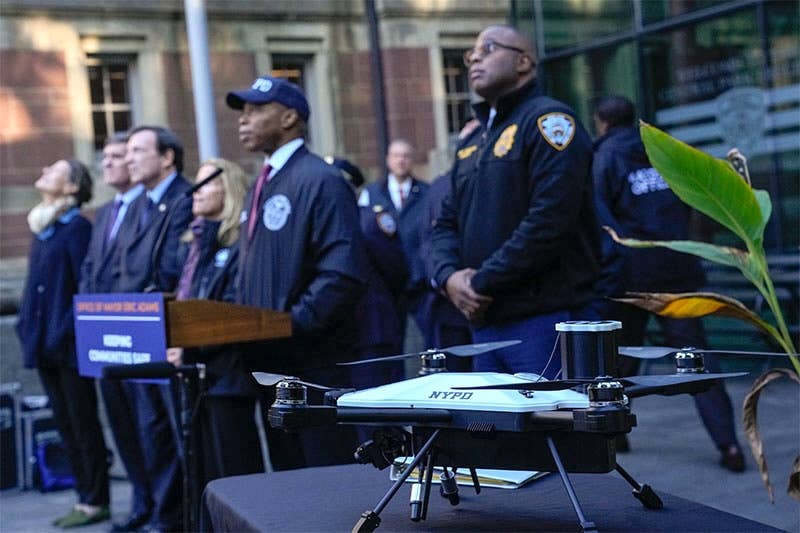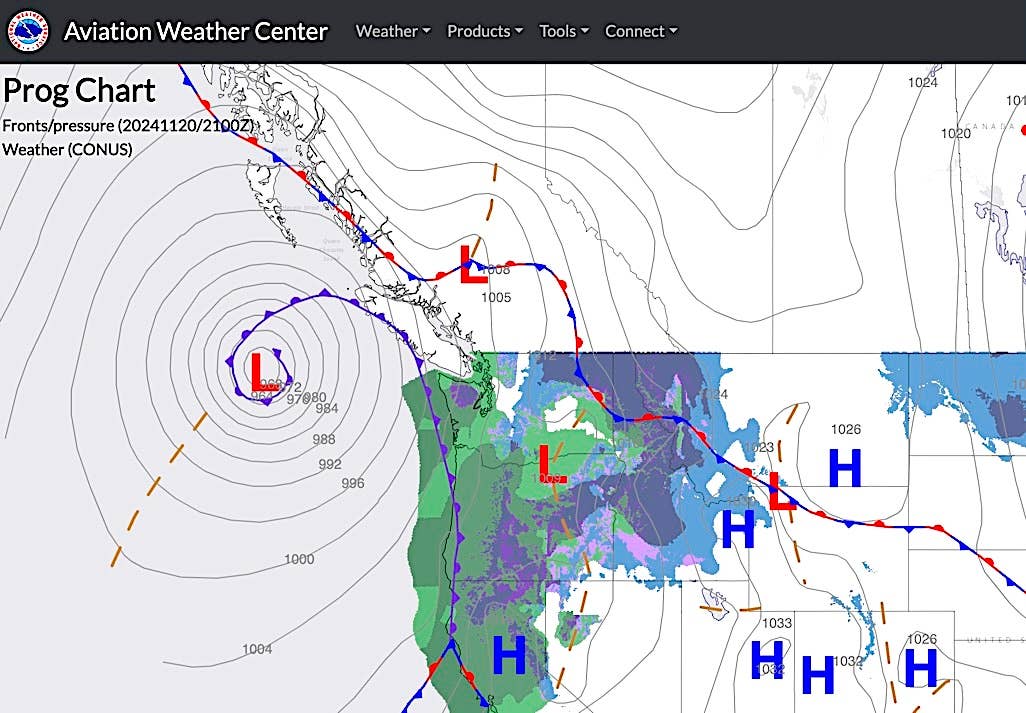FAA Publishes Vertiport Design Standards
The FAA has released its initial design guidelines for vertiports aimed at supporting advanced air mobility (AAM) aircraft with vertical takeoff and landing (VTOL) capabilities. The design standards are intended…

Image: FAA
The FAA has released its initial design guidelines for vertiports aimed at supporting advanced air mobility (AAM) aircraft with vertical takeoff and landing (VTOL) capabilities. The design standards are intended to “serve as the initial step to provide key information for airport owners, operators and infrastructure developers to begin development of facilities that will support operations of AAM aircraft that are electrically powered and take-off and land vertically.” The guidance (PDF) covers areas including vertiport geometry and design elements, lighting, markings and visual aids, charging and electric infrastructure, on-airport and elevated vertiports and site safety.
“Our country is stepping into a new era of aviation,” said Shannetta Griffin, FAA associate administrator for airports. “These vertiport design standards provide the foundation needed to begin safely building infrastructure in this new era.”
The FAA noted that demonstrated performance data for emergent VTOL designs is still limited, emphasizing that the recently published vertiport design guidelines are interim guidance only and will be updated as data, analysis and VTOL aircraft and operations develop. Future guidance is expected to address “more advanced operations including autonomy, different propulsion methods, density, frequency, and complexity of operations facilities.” According to the FAA, the design standards were developed based on research conducted by the agency, collaboration with industry partners and public feedback.






